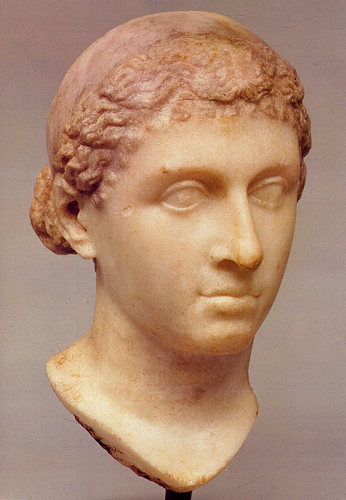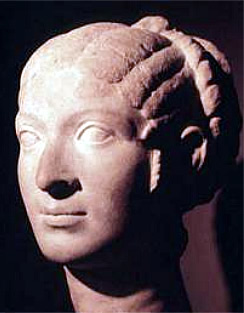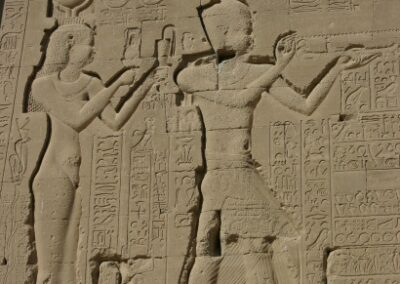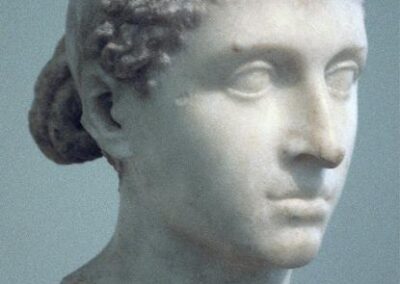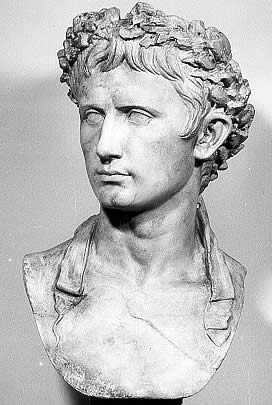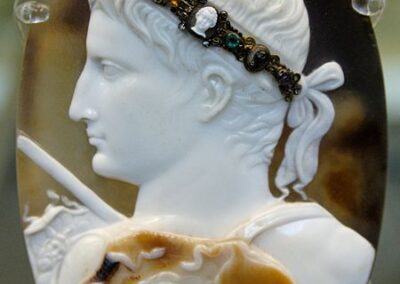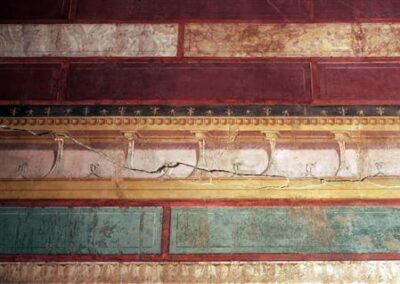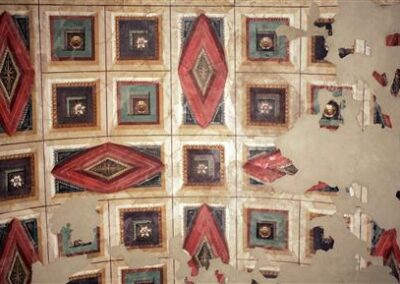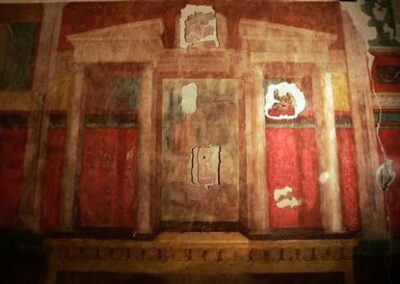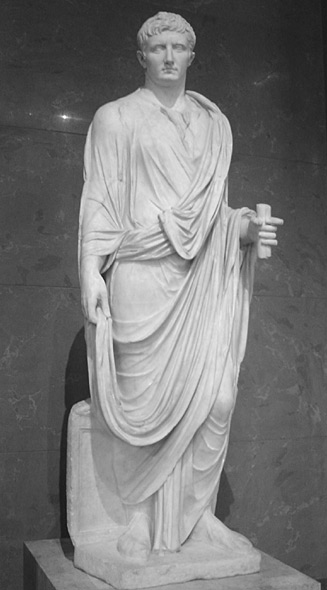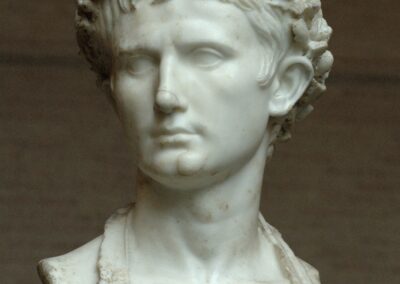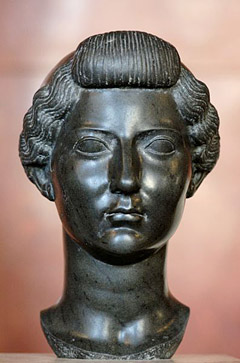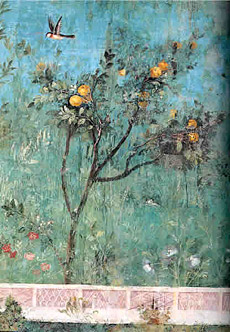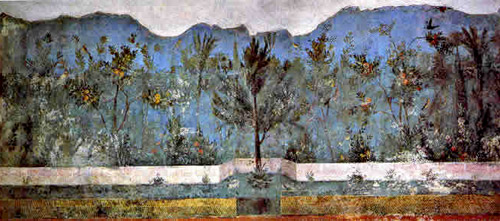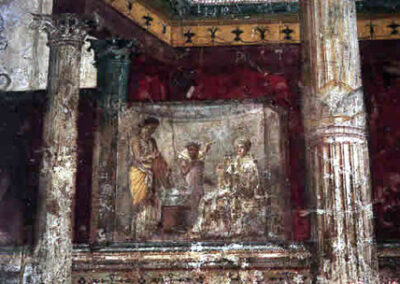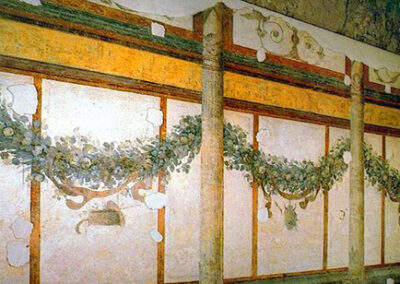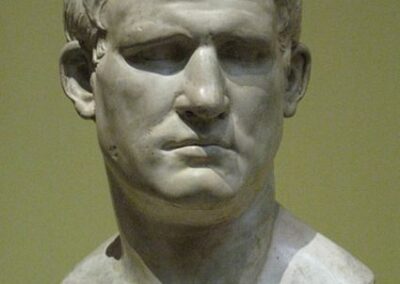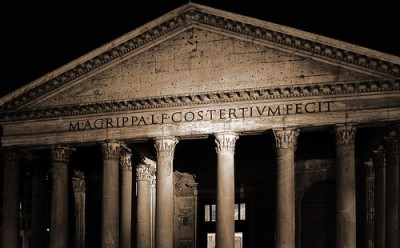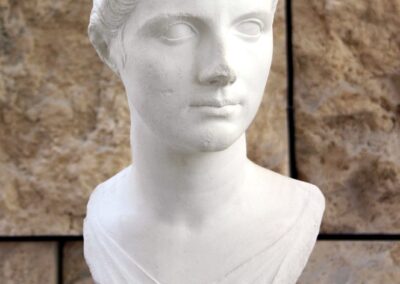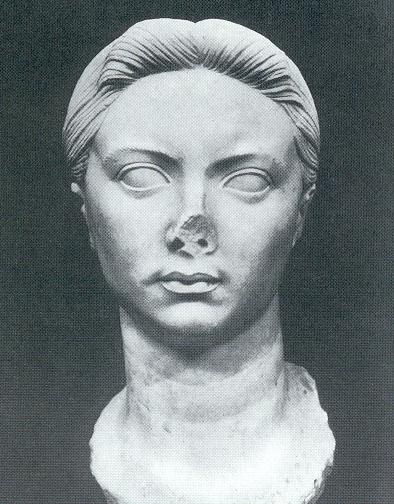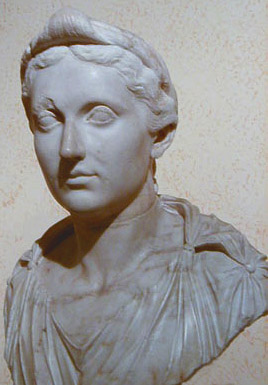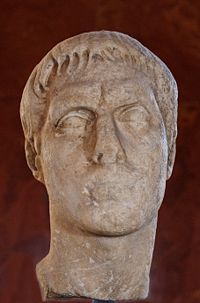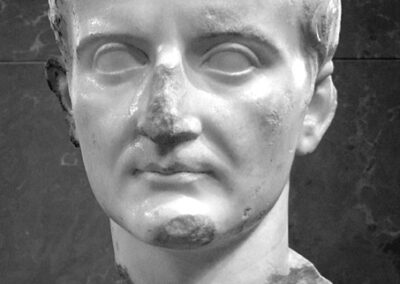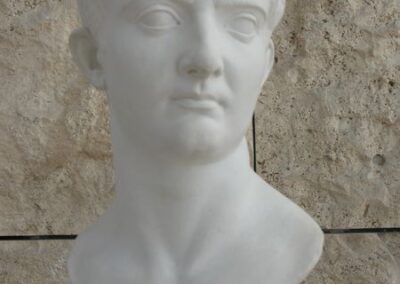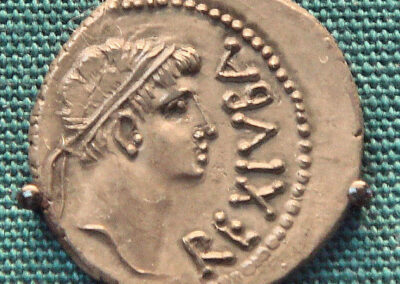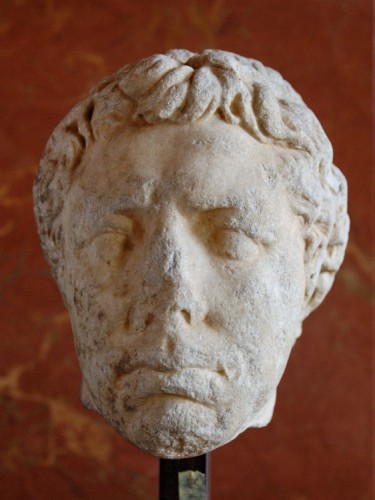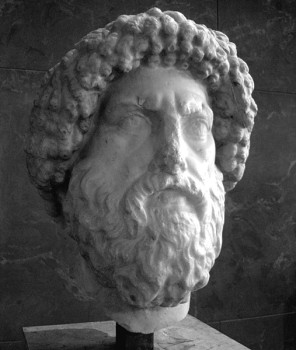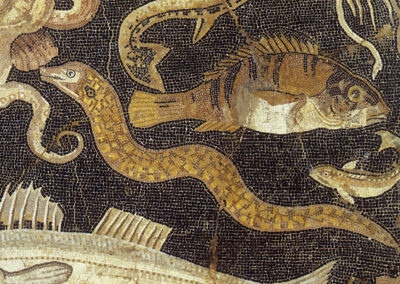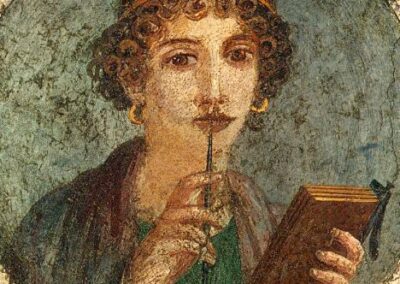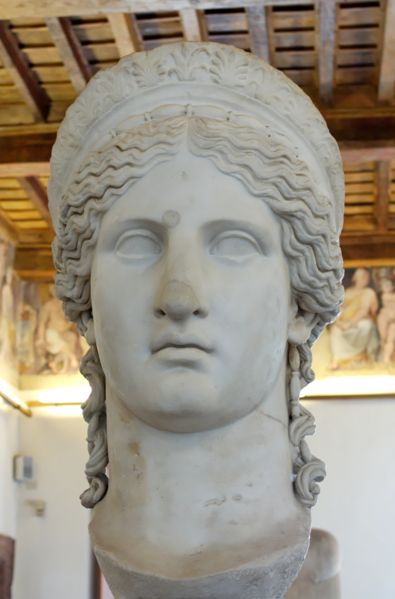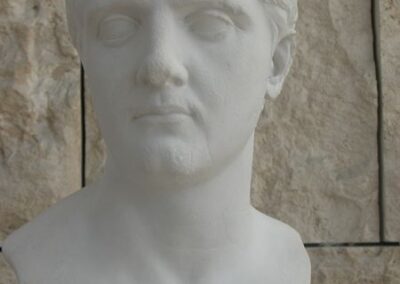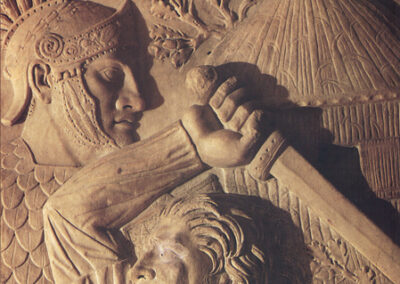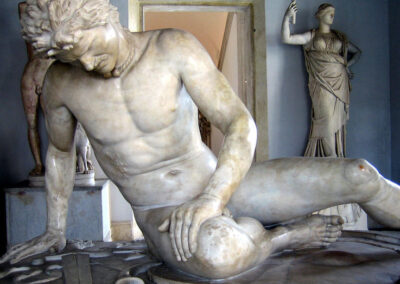Visualizing the People of Selene’s World
Cleopatra VII
Bust of Cleopatra in the Altes Museum. Cleopatra VII was a Ptolemy. She came from a long line of Greek rulers who had ruled over Egypt since the death of Alexander the Great.
Marc Antony
Sculpture of Marcus Antonius, better known as Marc Antony, Cleopatra’s lover and the father of her three children.
Octavian
Even after he became Augustus, Octavian retained his youthful looks if sculptures are anything to go by.
Fresco
Frescoes from Augustus’s villa on the Palatine Hill, which were recently reopened to the public.
Pantheon
Agrippa’s name (the “M” stands for Marcus) can be found etched into the pediment of the Pantheon. Agrippa was famous for his building projects, and the Pantheon was one of them.
Vipsania
Vipsania was the first and only true love of Tiberius. Her father, Agrippa, was the Emperor Augustus’s closest friend.
Julia
Julia in Her Older Years Although beautiful and charming in her younger years, life was not easy for Julia, despite being the daughter of the Emperor. The strain clearly shows on her face in this marble bust. Although Julia submitted to three marriages aimed at advancing her father’s political goals and produced six legitimate heirs, her father banished her from Rome
Older Tiberius
Eventually, Tiberius inherited his step-father Augustus’ kingdom and became the Emperor of Rome.
Juba Coin
This coin, currently in the British Museum, depicts the head of Juba, who had been made king and was thus allowed his own coinage
Pollio’s Eels
Although there are no remaining busts of Pollio or his wife, the story of Pollio’s eel pool lives on. In this mosaic, eels swim among the fish, just as they did in Pollio’s home-made lake.
Verrius
Verrius Verrius Portrait of a Woman with a Stylus This mosaic from Pompeii depicts a woman with a wax tablet and stylus. The freedman, Magister Verrius, would have used both of these items in his classroom.
Vercingetorix
Monument This monument depicts Vercingetorix, King of the Gauls, at battle. He is the man at the bottom with long flowing hair.
The Dying Gaul
After Caesar (and subsequently Octavian’s) defeat of the Gauls, tens of thousands of men and women were brought to Rome to become slaves. Today, we would know the Gauls as French, Swiss, Belgian and Germanic. One out of three people in Rome were enslaved. Most of them were Gallic and Germanic in origin, although any conquered tribe could be brought to Rome as slaves.
